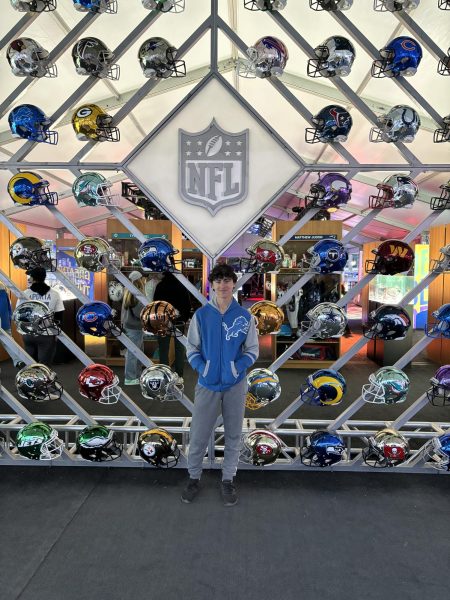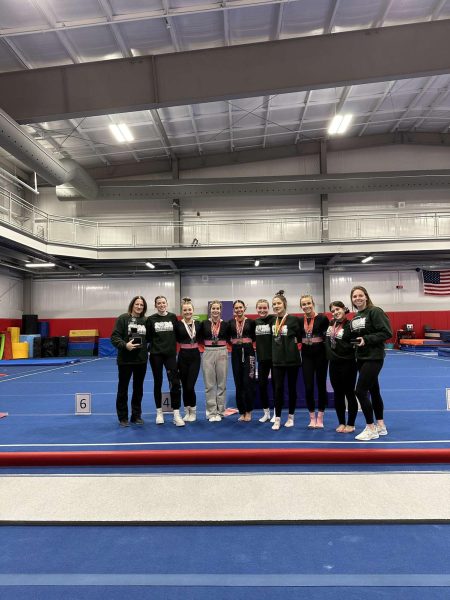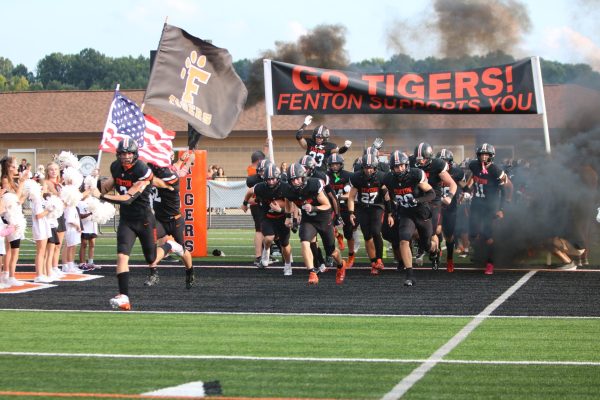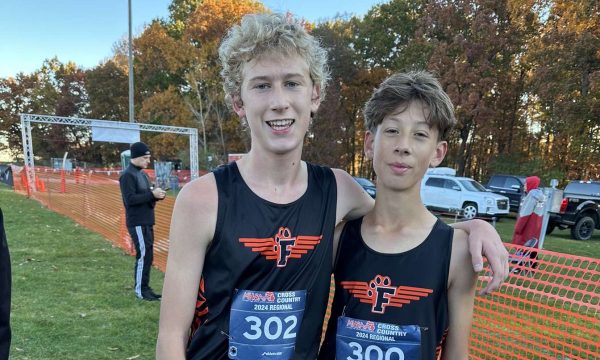Athletic full rides: few and far between, but worth the dream
When I began the recruiting process, my parents told me they would buy me a brand new car if I went to college on a full-ride scholarship. So, being the goal-oriented athlete that I was, I thought the easiest way to do that was through athletics. I was sadly mistaken.
After doing my research, I found that the NCAA provides $2 billion in athletic scholarships to approximately 126,000 student athletes. That seemed like a fairly large amount of money until I read the breakdowns.
Of that, the majority of the scholarships are found in Division 1 football where schools offer 85 full ride scholarships to their athletes. On the other hand and in my scenario, D1 softball programs offer only 12 full scholarships (that can be divided any way among the athletes) for rosters that usually hold between 20 and 30 girls. According to the NCAA, the average athlete on scholarship receives $10,000 per year less than the value of a full scholarship.
The idea of a “full-ride” scholarship to play in the NCAA is often misunderstood when it comes to amateur athletes. I’ll be the first student athlete to tell you that I did not receive a full ride and know only a select few who did.
My dreams of a brand new pearl Escalade to go along with my full ride scholarship to a Division 1 university were quickly crumbling beneath my cleats.
According to the NCSA, seven million students participate in high school athletics. Of that seven million, only two percent of these athletes receive any amount of money in the form of an athletic scholarship and only one percent receive a full ride to a Division 1 school.
One thing many athletes do not realize is that they do not have to play at the D1 level to receive an athletic scholarship. While 60 percent of athletes in the NCAA do not receive any athletic aid, NCAA Division 2, NAIA and Junior Colleges all offer some form of athletic scholarships.
It is also important that young athletes do not neglect their academics in order to excel in athletics. While 77 percent of colleges offer athletic scholarships, colleges and universities provide nine times more money through academic scholarships compared to athletic scholarships according to Mark Kantrowitz, the publisher of FinAid.org. In an effort to promote academics, the NCAA placed a 2.3 GPA requirement on all prospective student athletes. This was one of the best things the NCAA could have done for high school athletes.
As a former prospective student athlete, I will always encourage striving for any athletic opportunities possible but seeking to earn scholarships through academics will always be a student’s best opportunity to pay for college.





